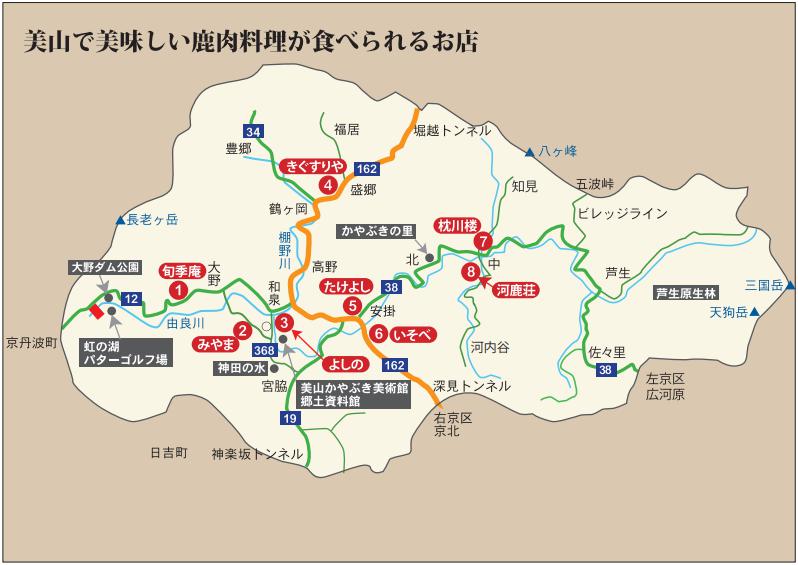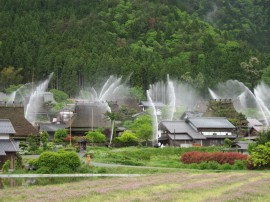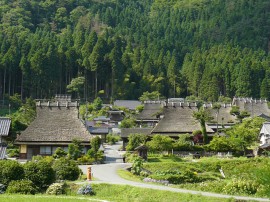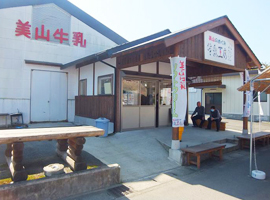About Miyama Article by Max Whittle
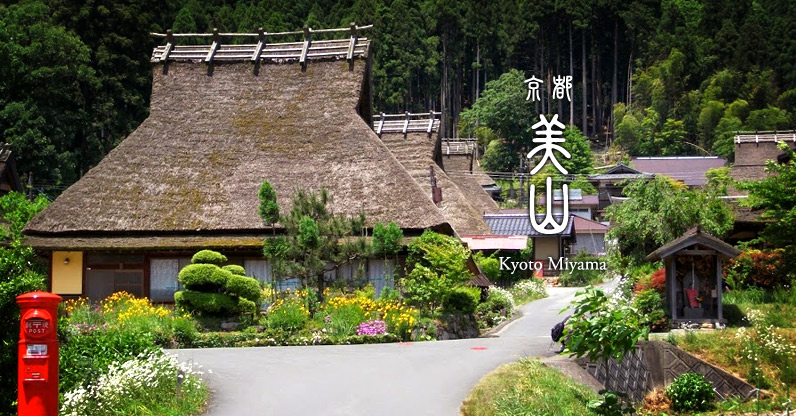
There are two distinct Japans coexisting in one fascinating country. One is the fast paced, packed train, high tech modern Japan. The other is ancient Japan, full of tradition, a strong sense of community and a deep connection with the land and the changing seasons. Miyama is a region 50 kilometres to the north of Kyoto city surrounded by mountains. Thanks to this geographic isolation the old Japan has been kept alive here and is flourishing in a country now trying to reconnect with its roots.
My name is Max Whittle. Born in the UK I have been living in Japan for 14 years. A professional translator by trade I have chosen Miyama as my home and live here with my family.

The region of Miyama is encircled by a ring of mountains roughly 1000 meters high, until the early 1930’s the only way in and out was a long hike over the mountains through forests patrolled by black bears. This unique location along with harsh winters lead the people of Miyama to develop a self subsistent way of life and strong community values. Now visiting Miyama is just a 80 minute drive from Kyoto city, but the self subsistent living and community values are still important to people here.
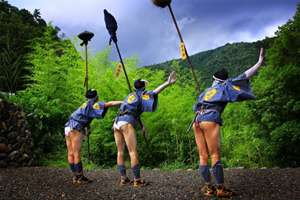
In Miyama the ancient culture is very much a part of every day life, spending time here allows you to experience that culture first hand. The older residents can often be seen tending to their fields, picking edible wild plants or making baskets from bamboo, they have a wealth of knowledge about farming, building and handicraft. In the past everything required for daily life was locally sourced and much of it still is. Around 98% of the land is covered by forrest and the forrest is a source of heat, energy and food. Mushrooms, berries along with free range wild boar and deer meat are abundant and served in a variety of ways in local restaurants.
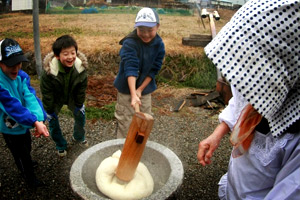
You won’t find any convenience stores or supermarkets here, most people grow their own rice and vegetables and many sell excess produce to the local stores.
Miyama is famous for its thatched houses and although many have been modernised to a convenient facade there are still plenty of thatched roofs on display and more and more people are going back to thatch. Kayabuki no sato is a heritage site with almost the entire village retaining thatched roof old Japanese architecture. There are also several thatchers and traditional Japanese carpenters living in Miyama as well as potters, charcoal makers and many other craftsmen.

The rivers and forests here are some of the most beautiful to be found in western Japan. This natural wealth lends itself to outdoor activities and Miyama has great hiking trails, river rafting, canyoning and cycling. The environment is one of the main reasons I choose to live in Miyama, clean water and air and four distinct seasons provide a wide variety of beautiful scenery to enjoy.
Take some time out from the tourist trail to see, and more importantly experience the roots of Japan. You will find them here in the countryside, just a little off the beaten track.


